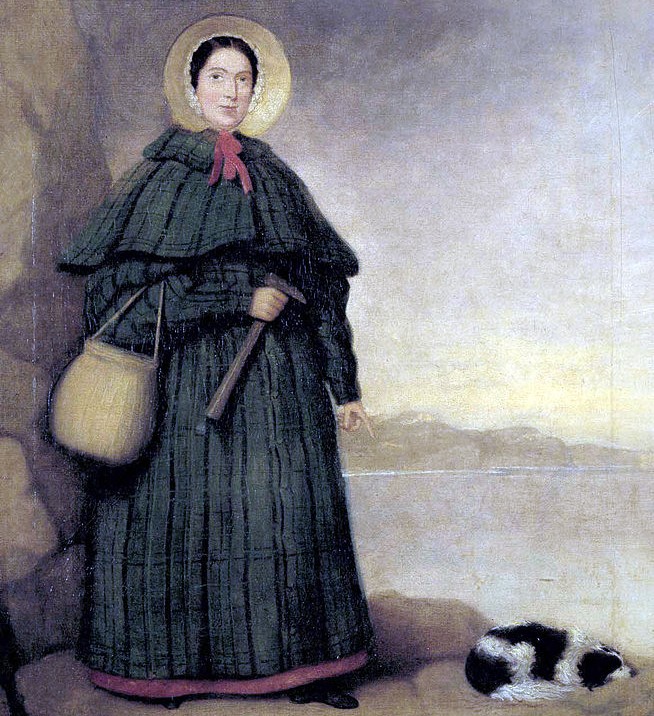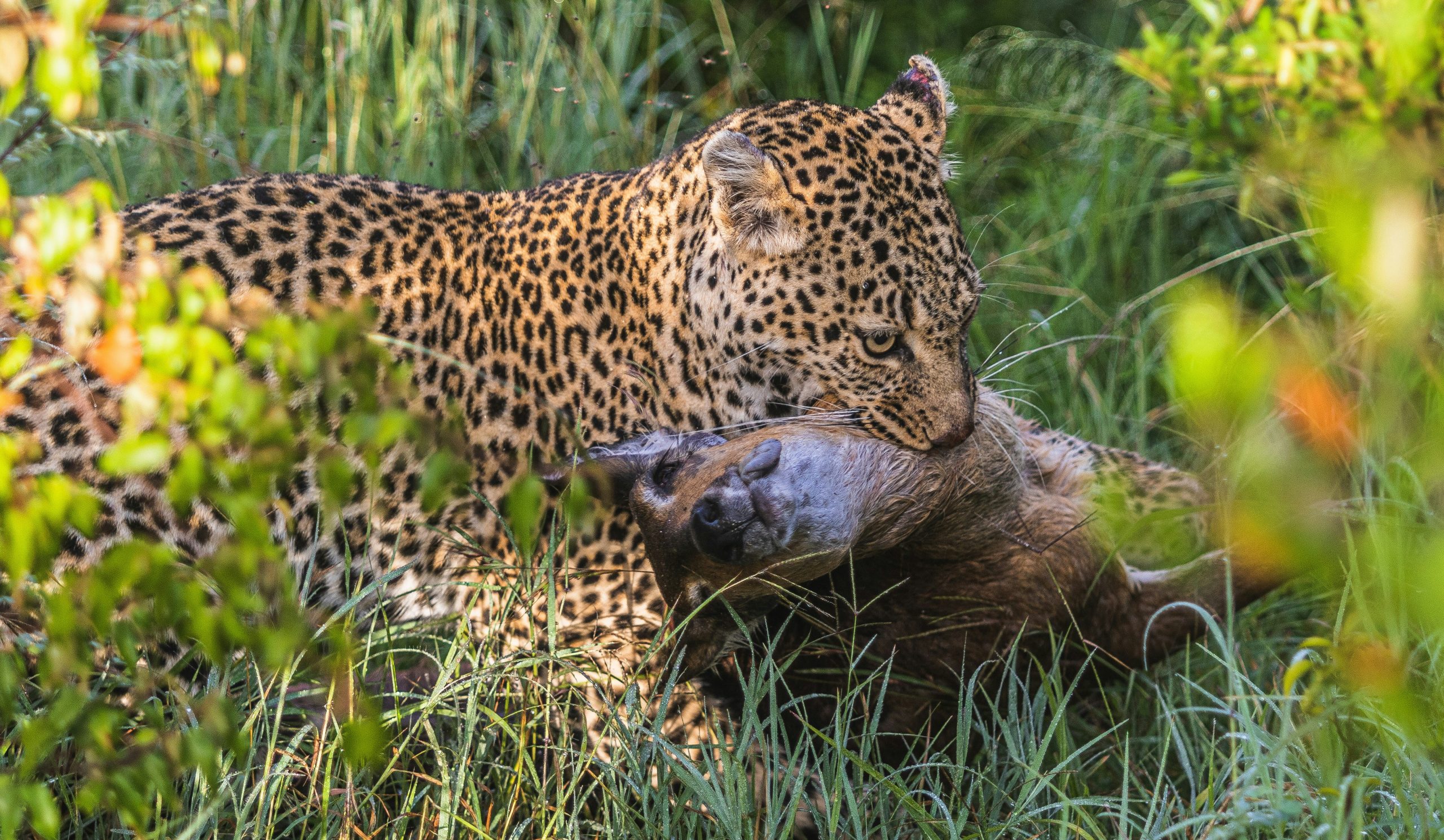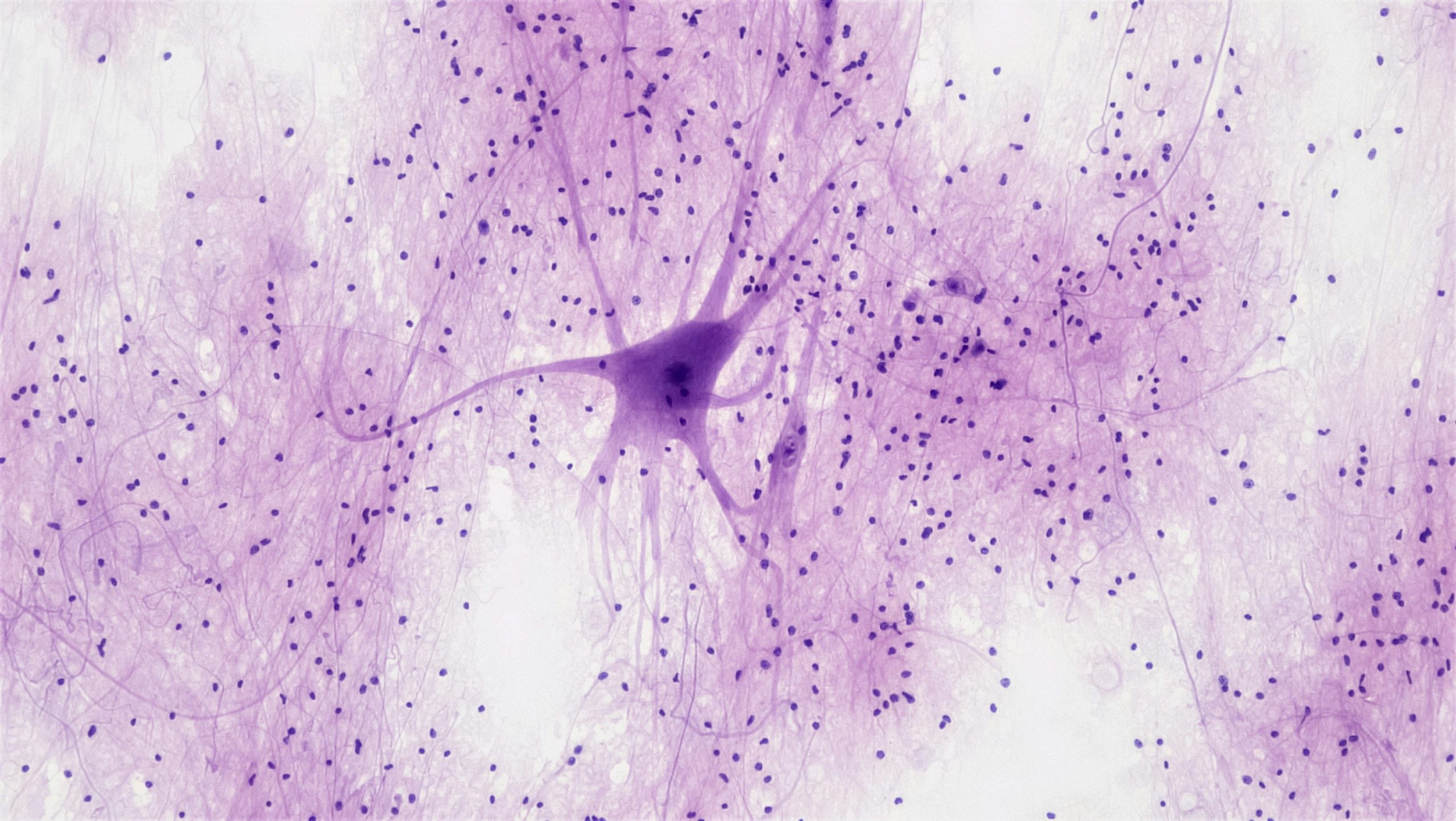By Phoebe Hall, Year 12, Ripon Grammar School, Yorkshire
Mary Anning was born in 1799, a time when women were expected only to raise families, and most girls had very little formal education. Anning was brought up in Lyme Regis, a seaside town that is now known as part of the Jurassic Coast. As well as her gender being a seemingly insurmountable hurdle to becoming a scientist, the Anning family were also Protestant separatists from the Church of England, and lived in relative poverty. Despite being one of ten siblings, only Mary and one of her brothers reached adulthood; Lyme Regis was highly overpopulated meaning that diseases like measles and smallpox ran rife.
Anning was able to attend Sunday school, learning to read and write before self-teaching anatomy and geology. As a way of making ends meet, her father collected fossils to sell alongside his work as a cabinet maker. Around the age of five, Richard Anning let his daughter accompany him as they scoured the rich fossil beds, teaching her to identify and clean fossils, before selling them on to tourists.
At age eleven, yet more misfortune struck Anning as her father, who had long suffered with tuberculosis and injuries sustained from a fall, died, leaving the family destitute and reliant on parish relief, an early form of welfare benefits.
Lyme Regis was the perfect location for the young palaeontologist to begin her career as it is part of the Blue Lias formation – alternating layers of shale and limestone sediment, formed on the seabed approximately 200 million years ago, during the early Jurassic period. This geological area is ideal for fossils to form, and is world renowned for the rich variety of discoveries made along the cliffs and beaches.
Aged 12, Anning’s brother discovered a strange looking fossilised skull, which she then spent months painstakingly excavating, to reveal a 5.2m long skeleton. At the time, 48 years before Charles Darwin published his Theory of Evolution, and when the Biblical account that the world was only several thousand years old was widely accepted, popular consensus believed the skeleton to be that of a monster. Most scientists thought it was the remains of a crocodile, and after much debate it was eventually named ‘fish lizard’ or, as we now know, the first discovered Ichthyosaurus.
Despite her ground breaking discovery, Anning continued to be sidelined by the scientific community, largely because she was female. After excavating the first complete Plesiosaurus skeleton, she wasn’t even invited to the meeting about its authenticity at the Geological Society of London. Furthermore, even though Anning continued to make significant finds into her 20s, she was never admitted by the society, who refused to accept women until 1904. Other scientists often failed to credit her work in their papers, following a pattern of working class exclusion from the scientific world.
Anning continued to support herself by selling her fossils, persevering with often frustrating searches until she found a rare or interesting skeleton. She was so committed to expanding her own scientific knowledge that she would hand copy scientific papers and drawings that she had borrowed, in order to study them in greater depth. Anning also dissected fish so she could better understand how their anatomy related to the fossils she was studying. Her finds also inspired her friend and fellow geologist Henry de la Beche to create prints of prehistoric life. This evolved into palaeoart; drawings that now adorn everything from dinosaur mugs to highly complex research papers.
Mary Anning continued to financially struggle to the end of her life. She died of breast cancer aged 47, and the Geological Society of London, which had refused to admit her as a member, dedicated a window of her local church in ‘commemoration of her usefulness in furthering the science of geology’. Her legacy now lives on in her discoveries, and the continuing excavations along the Jurassic coast. Mary Anning was an inspirational young scientist because despite being raised in poverty, a girl, and with no real education, her own self drive and motivation meant that she pursued a fantastic scientific career, even though ‘the world has used her ill.’





